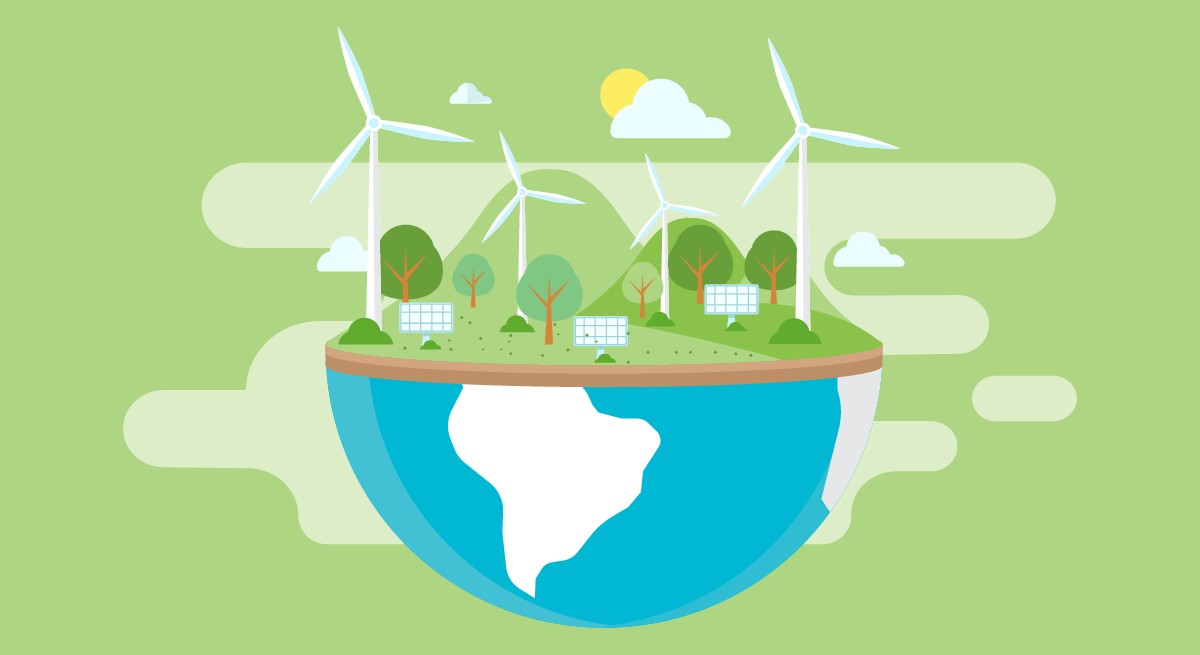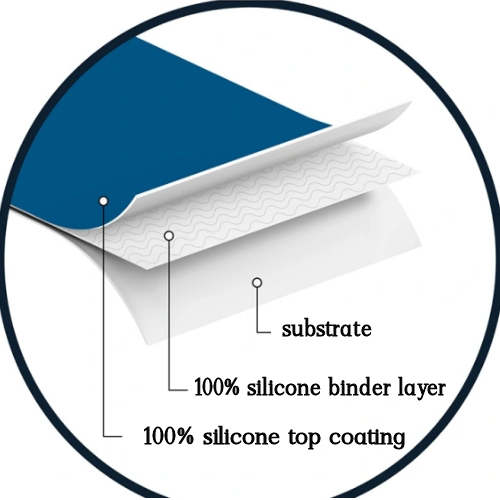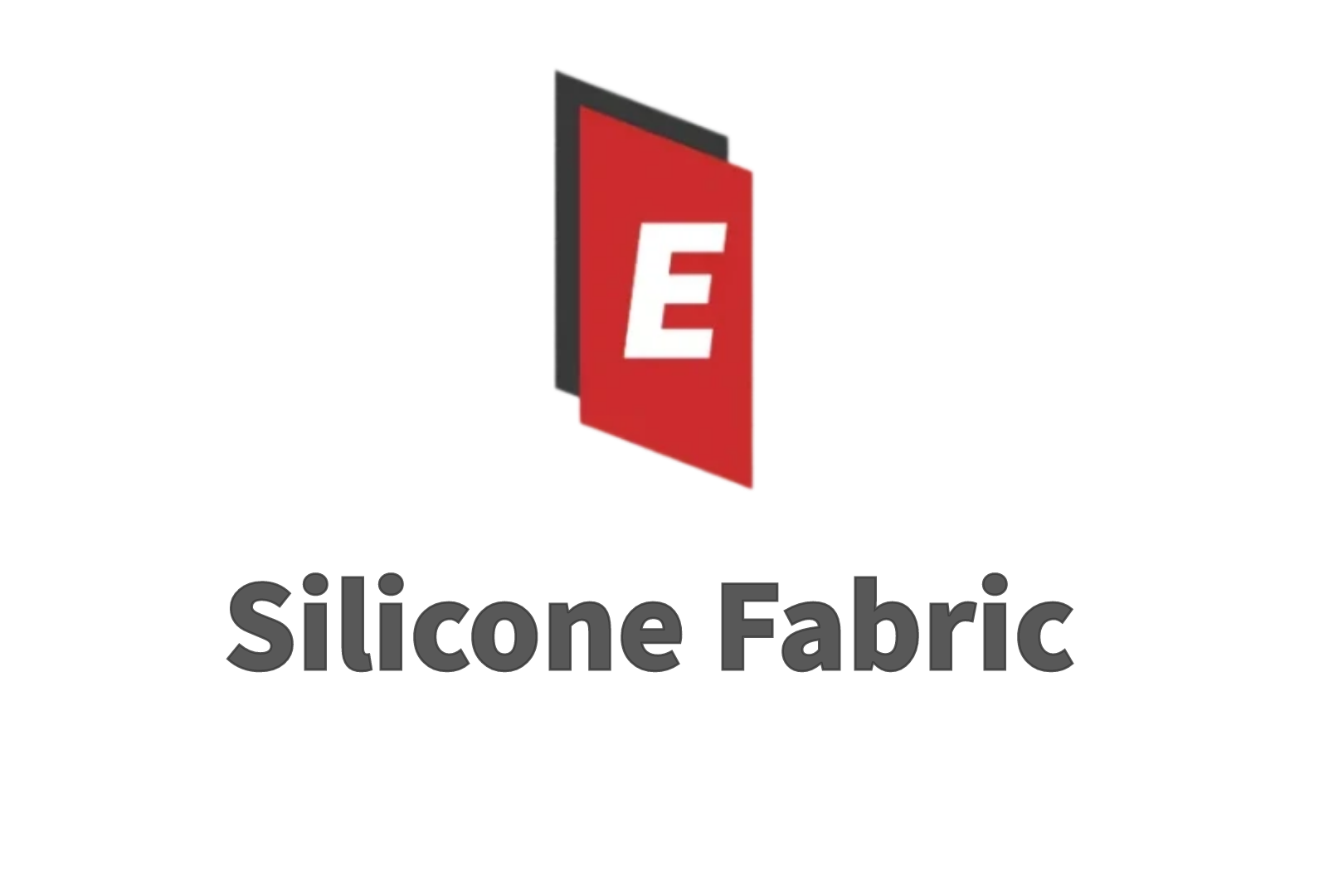Why "Vegan" Doesn't Always Mean "Eco-Friendly"
Rethinking Material Sustainability in a Rapidly Evolving World

Introduction: Beyond Labels—The True Meaning of Sustainability
In a time when sustainability claims are everywhere, it’s easy to assume that "vegan" automatically equals "eco-friendly." Especially in industries like fashion, furniture, and automotive, the rise of vegan materials has been seen as a green revolution.
But is the reality that simple?
Recent market discussions—and evolving consumer expectations—show us that not all vegan materials are created equal. For brands, designers, and material innovators, it’s time to rethink: What truly defines an eco-friendly material?
The Myth of "Vegan" Equals "Eco-Friendly"
Why "Vegan" is About Origin, Not Environmental Impact
The term "vegan" primarily describes the source — materials not derived from animals.
It does not automatically reflect the material’s full environmental footprint.
Example:
1. Many "vegan leathers" on the market are made from PVC or PU.
2. While they are animal-free, they are petroleum-based, non-biodegradable, and can release toxic chemicals during production or disposal.
PVC leather (polyvinyl chloride) production emits dioxins, harmful both to the environment and human health.
PU leather (polyurethane) improves flexibility but still relies on fossil fuels and complicated chemical processes.
Hidden Environmental Costs
Choosing a material just because it's labeled "vegan" can overlook critical issues like:
- High energy consumption during production
- Chemical waste discharge
- Microplastic shedding during use or breakdown
- Non-recyclability at end-of-life
In short: Vegan ≠ automatically low environmental impact.
What Truly Makes a Material Eco-Friendly?
To genuinely evaluate eco-friendliness, we need to go deeper.
Key factors include:
1. Lifecycle Analysis (LCA)
LCA looks at the entire lifespan of a product—from raw material extraction, manufacturing, transportation, usage, to disposal.
A sustainable material should minimize:
- Carbon emissions
- Energy use
- Water footprint
- Waste generation
Materials that simply replace animal sources but create massive pollution elsewhere are not truly sustainable.

2. Chemical Safety
Materials should be:
- VOC-free (no volatile organic compounds)
- Plasticizer-free
- Free of harmful solvents or heavy metals
This protects both human health and ecosystems.
3. Durability and Performance
An eco-friendly material should last longer and perform better, reducing the need for frequent replacement and lowering total consumption.
Durability is part of sustainability.
How Silicone Leather Fits In
Silicone leather represents a new generation of sustainable materials.
It directly addresses many of the environmental challenges left unresolved by traditional synthetic leathers.
Key Advantages:
1. 100% VOC-free and plasticizer-free
2. Exceptionally durable: UV-resistant, waterproof, abrasion-resistant
3. Non-toxic manufacturing: minimal chemical residues
4. Partial recyclability: can be downcycled into industrial materials
5. Low maintenance: reduces use of harsh cleaning agents
Silicone leather isn’t just "better than PU/PVC" — it is redefining the standards for high-performance, eco-conscious synthetic materials.

Real-World Applications
Industries choosing silicone leather today include:
- Aviation (e.g., first-class seating at American Airlines)
- Healthcare (medical-grade, antibacterial upholstery)
- Outdoor andmarine furniture (extreme weather durability)
- Luxury hospitality projects (for long-lasting, low-maintenance use)

A Broader View on Sustainability: Global Trends
Different regions are approaching sustainability from different angles:
- Middle East (e.g., Saudi Vision 2030): Focus on high-durability, eco-certified materials for infrastructure and transportation projects.
- Europe (e.g., EU Green Deal): Strong emphasis on circular economy and material transparency.
- North America: Increasing regulations on toxic materials (e.g., California’s Prop 65).
Globally, brands are shifting from just "vegan" claims toward full environmental accountability.
So... What Really Defines "Eco-Friendly" Today?
Sustainability is no longer just about what a material is made from.
It's about:
- How it’s produced
- How it performs
- How it affects people and the planet across its lifecycle
Consumers are becoming more sophisticated.
Brands that embrace transparent, scientifically-backed sustainability will be the ones leading the future.
Our Perspective
At Ekotina, we believe:
- Material innovation should minimize environmental impact across the lifecycle.
- Honest communication matters more than trendy labels.
- True sustainability must balance ethics, performance, and long-term impact.
This is why we are committed to developing next-generation silicone leather — offering not just animal-free alternatives, but materials genuinely engineered for a greener world.
Conclusion: Beyond Vegan, Toward a Better Future
The "vegan" label was a good start.
But for a truly sustainable future, we must look beyond slogans—and demand deeper accountability and better materials.
The next chapter of sustainable design won't be written just by avoiding animal products. It will be shaped by innovators, designers, and brands who are willing to think holistically, act transparently, and challenge conventions.
Are you ready to join the shift?
Curious how silicone leather can upgrade your next project with real sustainability?
[Contact Us] to request samples or discuss collaboration opportunities!
